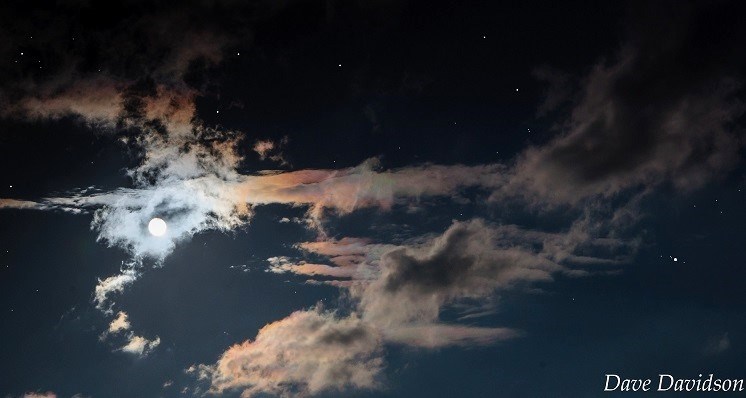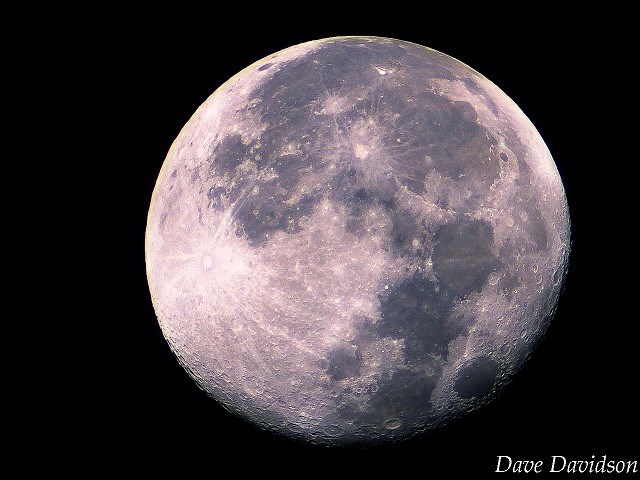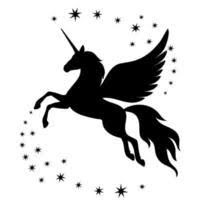Selene
Added on 01 March 2024
Selene.
Observing report of the evening of
Saturday, 24th February 2024
The air, unlit before, glows with the light of her golden crown, and her rays beam clear, whensoever bright Selene having bathed her lovely body in the waters of Ocean, and donned her far-gleaming raiment, and yoked her strong-necked, shining team, drives on her long-maned horses at full speed, at eventime in the mid-month.

Traditionally, no right-minded amateur astronomers go out in the period of the full Moon; presumably because there is nothing to see but Moon. It is also considered the worst time to look upon the Moon, as since there are no shadows, it seems featureless.
Whoever came up with these 'memes' in my experience were wrong!
It was the 24th of February and as the evening light faded slowly into darkness we gathered at the Observatory for a night with our telescopes. Me, Carl, Paul, Pauline, Kim, Peter, and our newest recruit, Tim. The sky was clear above us and only a few clouds drifted slowly along the eastern horizon, framing the peach-coloured orb of the rising Moon. Now there is lots we can say about the Moon itself, but watching the Moonrise is transformative and experiential; it needs no words to describe it. It is participatory. Like Wittgenstein said "of that which we cannot speak we should remain silent" and so without saying anything, we watched in silence and awe as the alchemy of the approaching night turned the Moon to gold while it swiftly gained altitude among the fading clouds.
We had such a variety of telescopes to look at the Moon with. Kim had brought her 5 inch reflector, as had Peter, Paul had a 6 inch refractor, Carl, an 8 inch Cassegrain, Pauline was using the 14 inch Cassegrain and I had an 80 mm refractor along with an 8 inch reflector. Using a selection of filters to cool down the intense glare from the Moon we could see an astonishing amount of detail on the surface; not the least of which were the enigmatic 'rays' emanating from some of the craters.
Copernicus and Tycho are such notable ones. At first glance the rays from Copernicus look as if they have been 'ejected' from the 'impact' point of the proposed collision by an asteriod or comet and this is indeed how they are described in current models. 'Ejection rays'. However, if you look at the patterns formed by the rays you can see that they are not all symmetrical and look more crossed and intersected as if several, if not more events are over-layed on each other and even on Tycho, close inspection reveals that not all the rays come from the central point.
What is the significance of this? I would take the Socratic view and say I don't know; it's interesting though.

That's the great thing about the Moon; it is never the same twice, no matter how many times you look and despite the volumes of information describing it, it remains entangled in mystery and wonder.
I'd say that the 'coconut' went to Carl's telescope for the most dramatic view of the full Moon tonight. He was using a variable polarizing filter attached to his eyepiece and could therefore control the contrast of the image which gave depth and clarity compared to other telescopes which had no filtering. The brightness of the unfiltered Moon was ably demonstrated when Tim looked through Kim's telescope and for a moment his head appeared to light up from inside like a lamp!! Sorry Tim, (and please don't take offence) but it was so funny! Of course, it was an optical illusion, but just goes to show the importance of filtering the glare from the Moon when viewing through a telescope.
On March the 5th, at the Club monthly meeting the 'Spotlight', I will be talking about the Moon, so come along and find out more.
Did you know, for example, that you could jump as high as ten feet if you were standing on the Moon!?
Other 'missions' on Saturday night were (a) to try and fix the telescope in the dome, (b) show Peter a range of telescopes so he could make an informed choice as to his next purchase and (c) coach Kim on aligning and operating her 'GOTO' telescope.
(a) remained unsolved,
but (b) and (c) were deemed a success. Besides the time we spent looking at the Moon we also looked at several double stars; Castor, Cor Caroli and Beta Monoceros. All jewel-like against the blue background of the bright sky. Several bright meteors flew across the void tonight and one in particular drew gasps of delight as it lit up the Northern sky.
A genuine bolide!
So, once again, it had been a memorable night at the Observatory and as always the company of friends that enhance the experience simply by being there. It's hard to overstate the importance of this 'community' of like-minded people; so like the 'craft' that Plato refers to in the 'Allegory of the Cave' (it's not an allegory by the way), we were tied up but now we are free from the cave and we engage with others in a new world of discovery in the light of reality. The Observatory is the place where we can see for ourselves and with our own eyes what is real instead of shadows on a wall.
